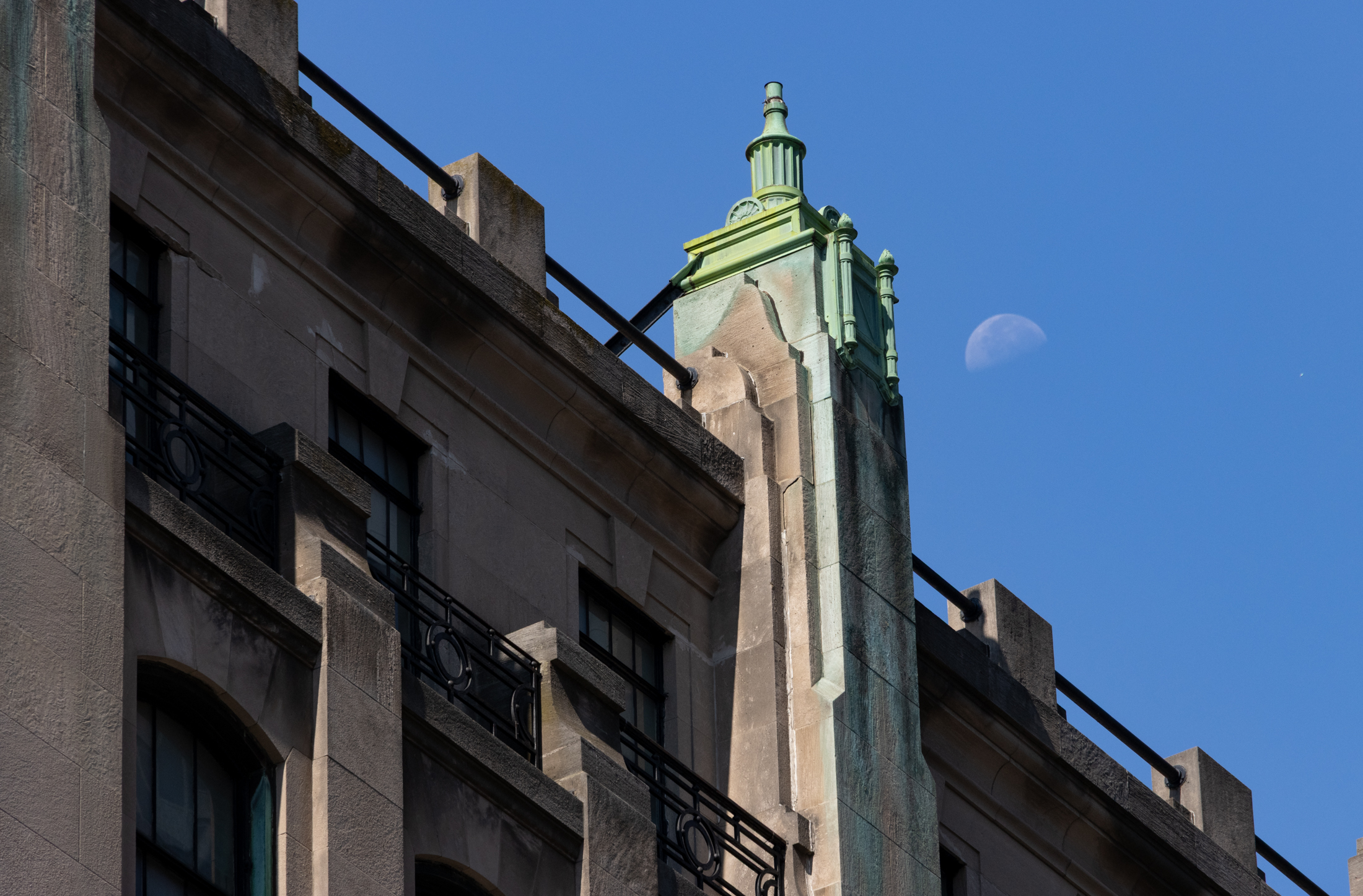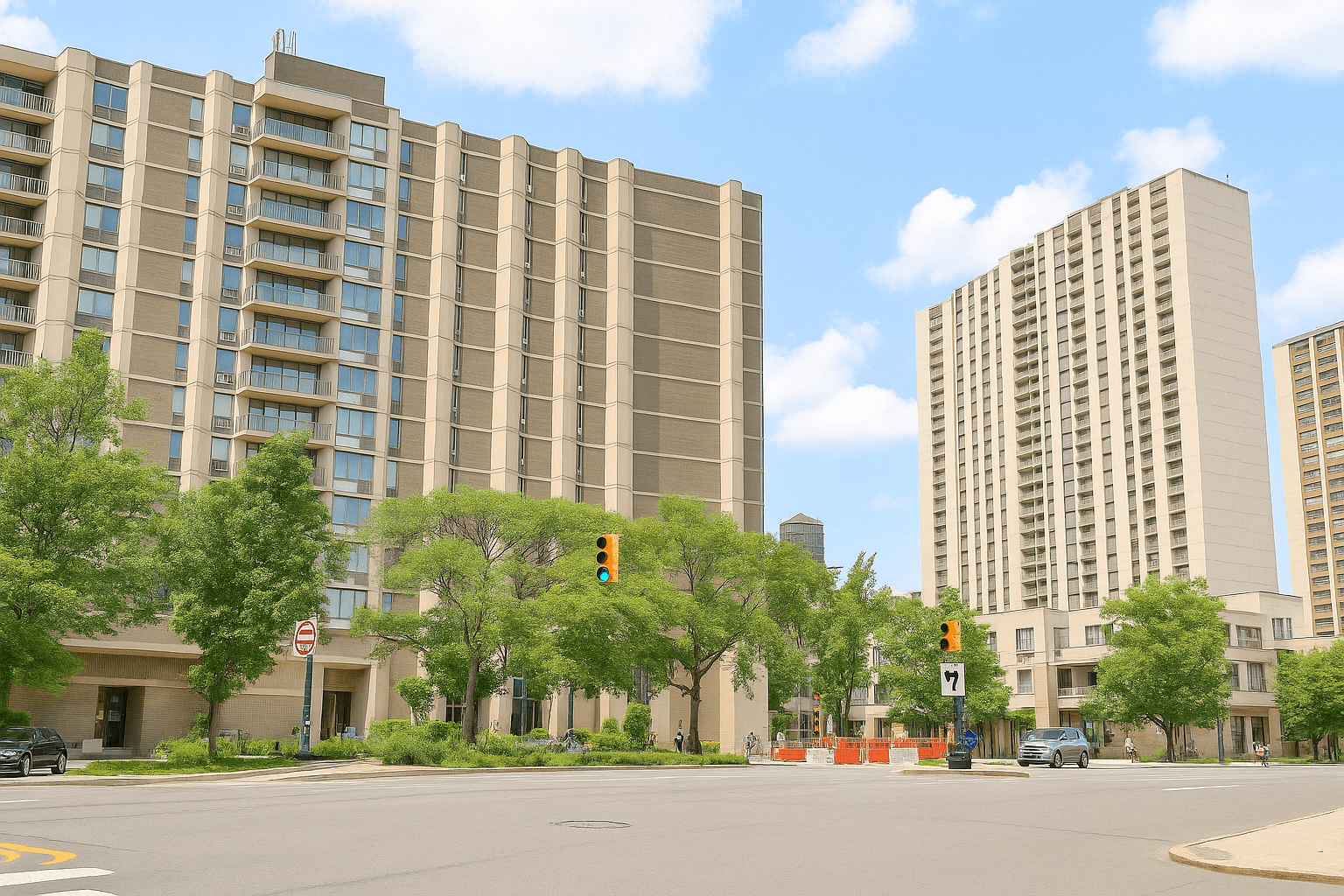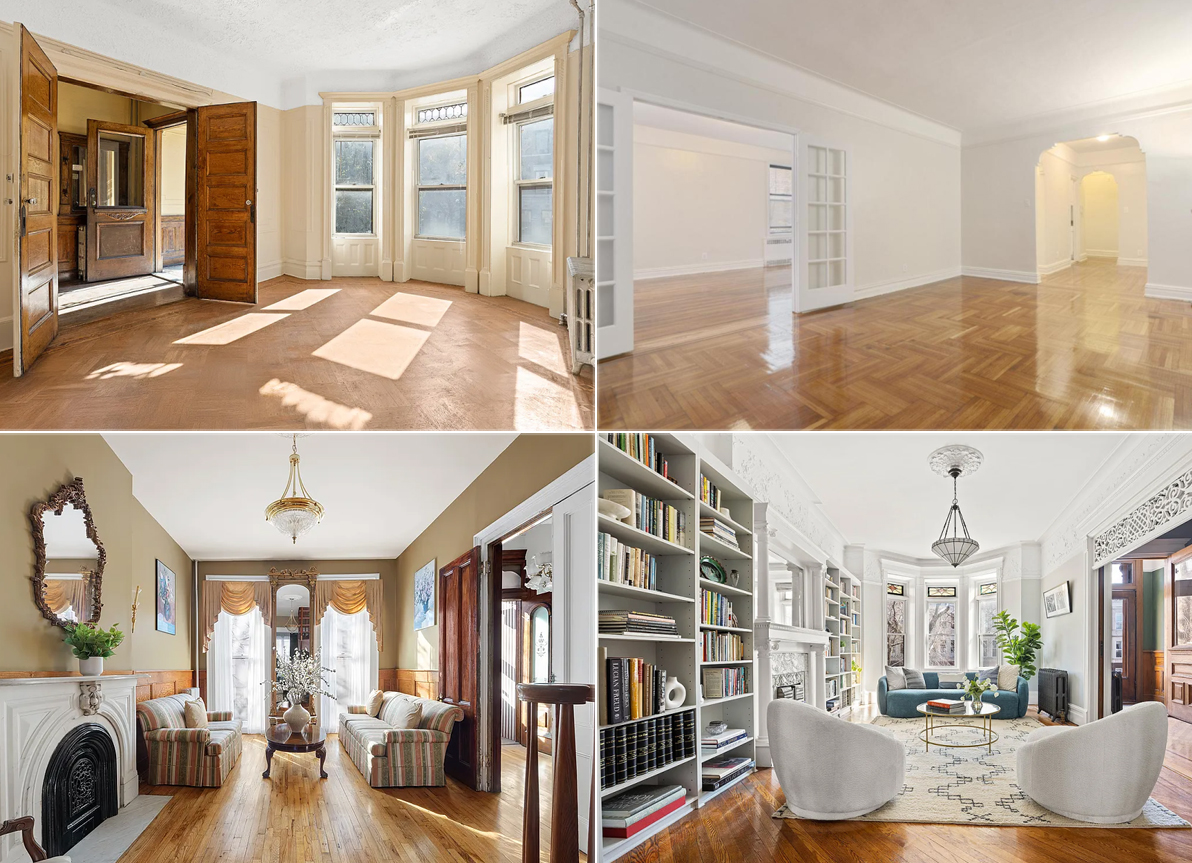City Planning Certifies FG/CH Rezoning Plan
On Monday, the Department of City Planning “certified” the proposal to rezone parts of Fort Greene and Clinton Hill. As we discussed last month, the contextual rezoning plan increases the amount that may be built along the neighborhoods’ major East-West thoroughfares (boosting FAR to 3.45 or 4.6 with an affordable housing bonues) while decreasing development…


On Monday, the Department of City Planning “certified” the proposal to rezone parts of Fort Greene and Clinton Hill. As we discussed last month, the contextual rezoning plan increases the amount that may be built along the neighborhoods’ major East-West thoroughfares (boosting FAR to 3.45 or 4.6 with an affordable housing bonues) while decreasing development potential in the internal brownstone blocks (reducing FAR to 2.0). In addition, ten blocks in the area between Park and Flushing would be downzoned to a 1.35 FAR. While this was an important step in the process, it’ll probably be another six or seven months before all the bureaucratic boxes have been checked and the rezoning is official. In the meantime, be prepared for a rush of applications for rear and rooftop extensions in the brownstone blocks.
Fort Greene/Clinton Hill Rezoning Begins [Myrtle Minutes]
Clinton Hill/Fort Greene Downzoning Deets Released [Brownstoner]
Fort Greene / Clinton Hill Rezoning Project [City Planning]





If upzoning commercial streets and downzoning residential blocks does nothing because this covers areas that are for the most part landmarked, then there is nothing to be upset about 11.38.
I, however, think the value of the rezoning is the incentive to build up commercial streets and prevent every non-landmarked residential block and lot (and there are many) from being developed in a way that destroys the character of the neighborhood. I think this is a good thing as it will encourge denser development on Fulton and Myrtle while allowing for contextual development (i.e. no towers) on low rise row house blocks.
Much of the new R6B area is within the historic district. Historic districts are fairly reliable checks on “out-of-character” development. I think that the reasons given for this particular rezoning have no merit.
My personal feeling, as someone who has been in FG since the 80’s, is that this rezoning is somehow symptomatic of the recent gentrification of our neighborhood. It’s a reaction to other events, comes straight out of community politics, and wouldn’t ever be pursued by an objective and knowledgable planning authority.
There was a huge amount of resentment over the Carlton and Greene tower which I could never understand. That building is only a story taller than the Mugavero home across the street. In any case, it had the unfortunate effect of riling up people who think that when they buy a house, they are buying a neighborhood too.
On the other hand, you can see community support for the rezoning as a reaction to the Ratner juggernaut. I think that the Ratner development is just awful – it’s way too dense, will take way too long, and the architecture, urban design, and landcaping is poorly conceived. But worst of all, FCR shrewdly rammed the thing through, in the face of (justified in my opinion) fairly well organized opposition.
That’s why people who have been active in the community were able to get behind the rezoning. Sadly, I must agree with those who characterize the proposal as NIMBYism. It depresses me. Maybe I’ll just have to move to jersey after all.
1:17, if existing FAR > allowable FAR, then no incentive to tear down and build larger
Hey anon 9:41, increasing the FAR with affordable housing bonuses is not an incentive to a developer. This is an example of downsizing for downsizing’s sake, aka not in my backyard,
I don’t understand the R5B areas, most of the homes there are overbuilt for this designation so I don’t see how this preserves anything.
What is “affordable housing bonues”? Is that French?
The key component here concerns community facilities (hospital, drug treatment, homeless shelter, private school, nursing home, residential care for the mentally ill, etc).
In generic R6 zones these get twice the floor area of housing on the same lot, part of a 1961 deal to dump those facilities on what was then the most powerless parts of the city. In the original zoning proposal, community facilities had no such bonus; as adopted in 1961, they had bonsues almost everywhere but in other generic zoning districts their bonus is smaller.
In contextual zoning districts, such as those mapped in most locations as proposed, there is little if an bonus for these facilities.
At attempt to cut back every so slightly on community facility excess bulk privileges was easily squashed by the Greater New York Healthcare Association in the late 1990s.
i heart NIMBY!
This is a great plan. It provides balance. Far too often, it’s either ‘raze all historic structures to the ground and build giant monoliths in their place’ or ‘preserve every crumbling cottage/money pit’.
This plan is sensible; it provides balance. It preserves the brownstone core while allowing the thoroughfares to be re-developed.